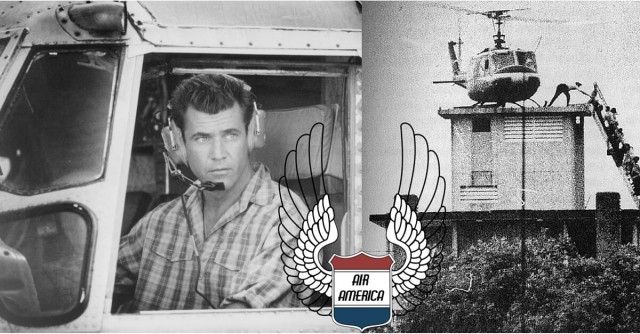
Air America was an American passenger and cargo airline covertly owned by the US government in 1950 as a dummy corporation for Central Intelligence Agency (CIA) operations in China. The CIA did not have enough work to keep the asset afloat and the National Security Council farmed the airline out to various government entities that included the USAF, US Army, USAID and for a brief time the French Republic.
Essentially, Air America was used by the US government covertly to conduct military operations, posing as a civilian air carrier, in areas the US armed forces could not go due to treaty restraints contained in the 1954 and 1962 Geneva Accords.
How it all began
In August 1950, the CIA, at the direction of the National Security Council, formed a corporation named Airdale. They bought 40% shares of Civil Air Transport or CAT, an airline that was started in China in 1946 and remained in existence throughout the tenure of Air America from 1950 through 1976.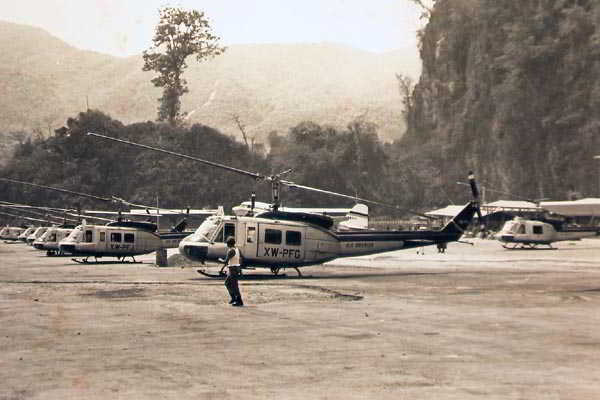
They flew many types of cargo to countries such as the Republic of Vietnam, the Kingdom of Laos, and Cambodia. It operated from bases in those countries and also from bases in Thailand and as far afield as Taiwan and Japan. It also on occasion flew top-secret missions into Burma and the People’s Republic of China.
Vietnam War
From 1959 to 1962 the airline provided direct and indirect support to US Special Forces “Ambidextrous”, “Hotfoot”, and “White Star”, which trained the regular Royal Laotian armed forces. After 1962 a similar operation known as Project 404 fielded numerous US Army attachés (ARMA) and air attachés (AIRA) to the US embassy in Vientiane.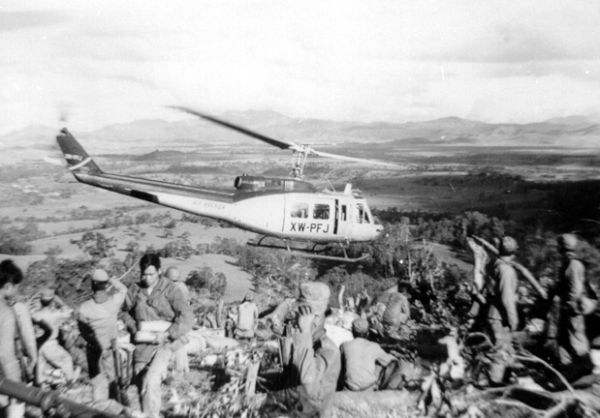
By mid-1970, the airline had two dozen twin-engine transport aircraft, another two dozen short-take off-and-landing aircraft, and 30 helicopters dedicated to operations in Burma, Cambodia, Thailand, and Laos. There were more than 300 pilots, copilots, flight mechanics, and airfreight specialists based in Laos, Vietnam, and Thailand.
During 1970, Air America delivered 46 million pounds (21,000 metric tons) of food in Laos. Helicopter flight time reached more than 4,000 hours a month in the same year.
Air America flew civilians, diplomats, spies, refugees, commandos, sabotage teams, doctors, war casualties, drug enforcement officers, and even visiting VIPs like Richard Nixon all over Southeast Asia. Its non-human passengers were even more bizarre on occasion. Part of the CIA’s support operations in Laos, for instance, involved logistical support for local tribes fighting the North Vietnamese forces and the Pathet Lao, their local opponents.
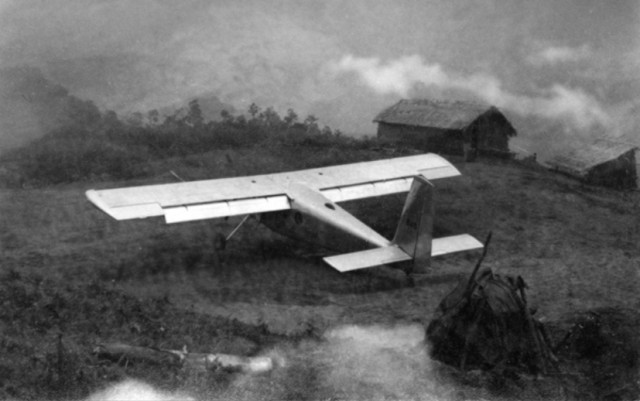
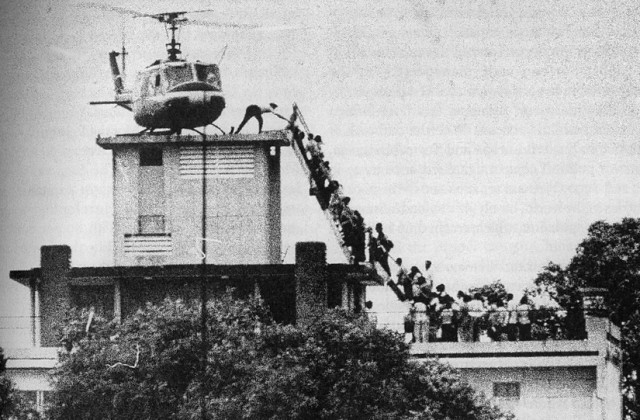
The famous photograph depicting the final evacuation by Dutch photographer, Hubert van Es, was an Air America helicopter taking people from an apartment building at 22 Gia Long St used by USAID and CIA employees
.
Drug smuggling
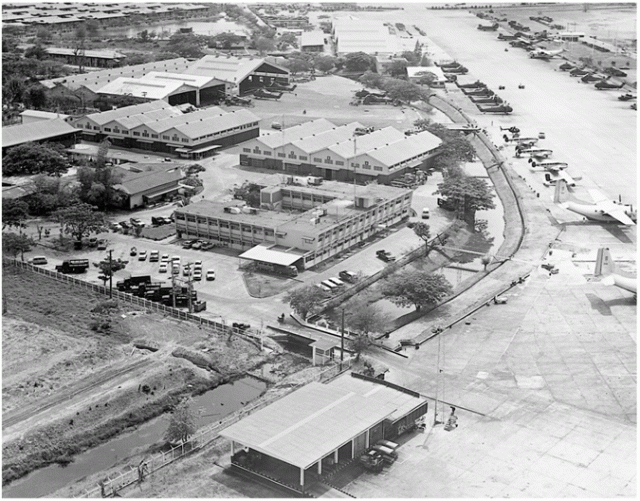
The Laotian Air Force had almost no light planes that could land on the dirt runways near the mountaintop poppy fields. Having no way to transport their opium, the Meo were faced with economic ruin. Air America was the only airline available in northern Laos. “According to several sources, Air America began flying opium from mountain villages north and east of the Plain of Jars to Gen Vang Pao’s headquarters at Long Tieng.”
Air America were alleged to have profited from transporting opium and heroin on behalf of Hmong leader Vang Pao, or of “turning a blind eye” to the Laotian military doing it. This allegation has been supported by former Laos CIA paramilitary Anthony Poshepny (aka Tony Poe), former Air America pilots, and other people involved in the war. It is portrayed in the movie Air America.
Airfleet
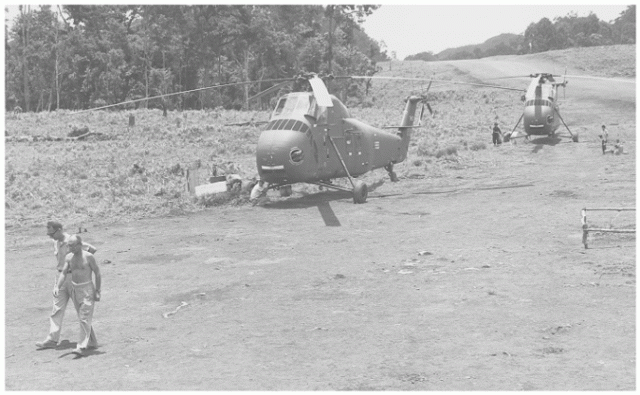
It was not uncommon for USAF and United States Army Aviation units to lend aircraft to Air America for specific missions. Air America tended to register its aircraft in Taiwan. They operated in Laos without the B- nationality prefix. US military aircraft were often used with the “last three” digits of the military serial as a civil marking.

Air America aircraft included:
- Curtiss C-46 Commando,
- Pilatus PC-6 Porter
- de Havilland Canada DHC-4 Caribou
- C-130
- Fairchild C-123 Provider
- UH34D helicopter
- Bell 204B helicopter
- Bell 205 helicopter
- CH47C helicopter
Accidents and incidents

- On 5 May 1954, a C-119 crashed in Laos after being hit by ground fire. Pilot James B. McGovern, Jr. and Wallace Buford were killed.
- On 5 September 1963, a C-46 aircraft was hit by ground fire and crashed about two kilometers from Tchepone in the Savannakhet Province. American DeBruin, Chinese Y.C. To, and the three Thai nationals, Pisidhi Indradat, Prasit Promsuwan, and Prasit Thanee parachuted to safety, but were immediately captured by the Pathet Lao. Joseph C. Cheney and Charles Herrick were killed in the crash. DeBruin, To, Promsuwan, and Thanee are still missing in action. Pisidhi Indradat was later rescued in January 1967.
- On 27 September 1965 a plane was shot down by small arms fire as it attempted to land near Bao Trai Airstrip, Hau Nghia Province, Vietnam. Pilot John Lerdo Oyer, and Jack J Wells were killed in the crash.
- On 16 January 1969, a Douglas C-47A “949” crashed in the Hai Van Pass, 18 miles (29 km) south of Huế, South Vietnam. The aircraft was on a domestic cargo flight from Phu Bai International Airport to Da Nang International Airport. All 12 passengers and crew were killed.
- In the spring of 1972, a C7-A Caribou loaded with Nationalist Lao Troops “mysteriously” experienced a simultaneous twin engine failure on final approach. Both pilots seriously injured. Sabotage suspected.
- On 29 December 1973, a Douglas C-53D EM-3 overran the runway on landing at Dalat Airport, South Vietnam. The aircraft was substantially damaged and was not salvaged due to the presence of land mines in the area. It was operating a non-scheduled passenger flight. All nine people on board survived.
- On 29 April 1975, a Douglas VC-47A 084 crashed on landing at U-Tapao Royal Thai Navy Airfield, Sattahip, Thailand. The aircraft was on a flight from Tan Son Nhat International Airport, Saigon, Vietnam.
After the war
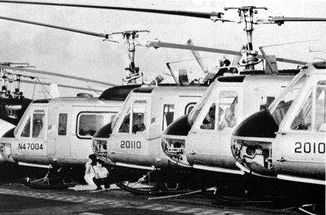
All proceeds, a sum between 20–25 million dollars, was returned to the US Treasury. The employees were released unceremoniously with no accolades and no benefits except for those who suffered long-term disabilities and death benefits for families of employees killed in action. The benefits came from workman’s compensation insurance required by contracts with the US Air Force that few knew about. The benefits were not awarded easily. Many disabled pilots were ultimately compensated under the Federal Longshoreman’s Act after lengthy battles with CIA bureaucrats who denied the existence of the airline for years. Many died of their injuries before they could be compensated adequately.
Accident reports were falsified, redacted, and stonewalled by CIA officials who to this day (2015) deny accident reports.
www.warhistoryonline.com

Δεν υπάρχουν σχόλια:
Δημοσίευση σχολίου